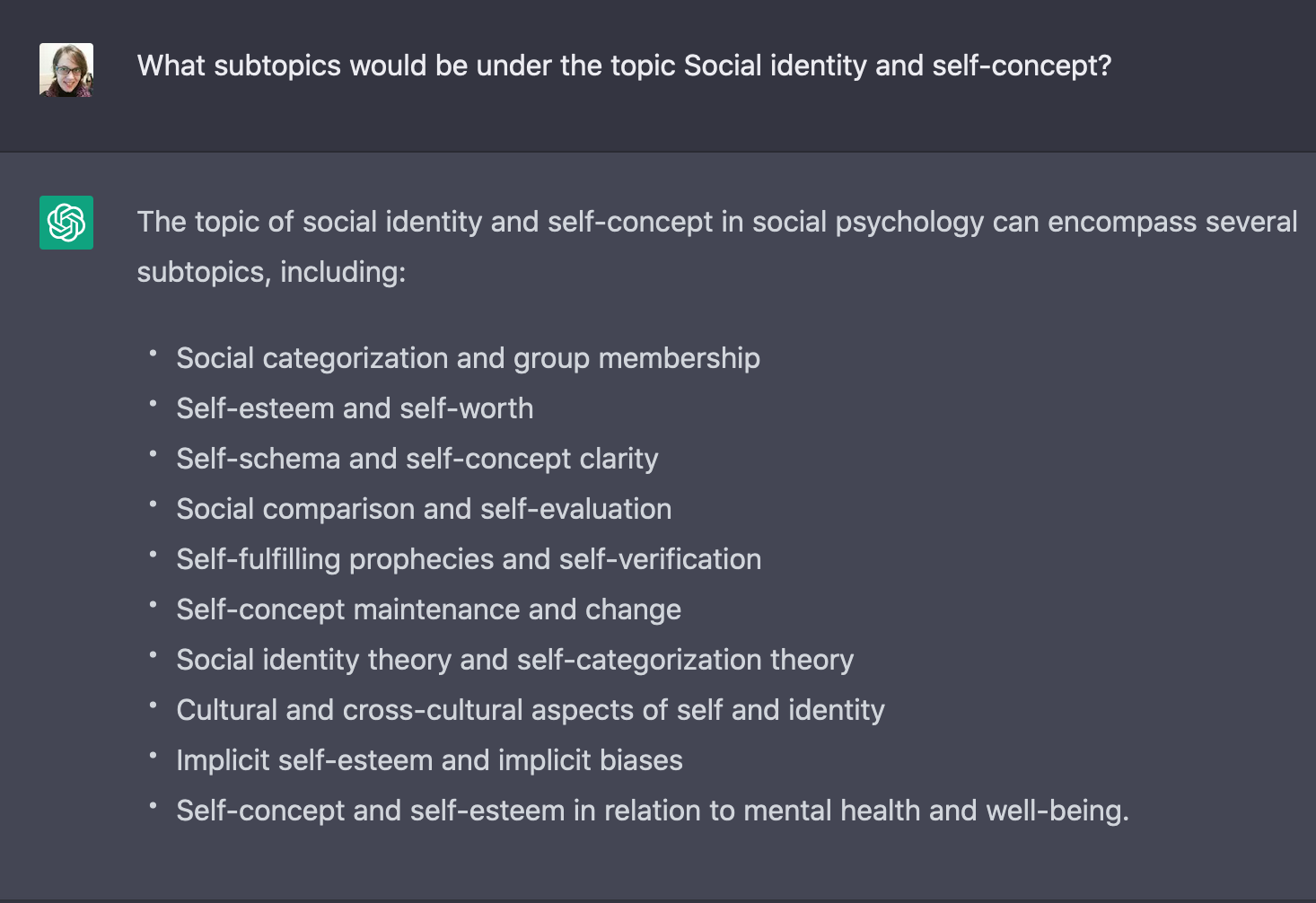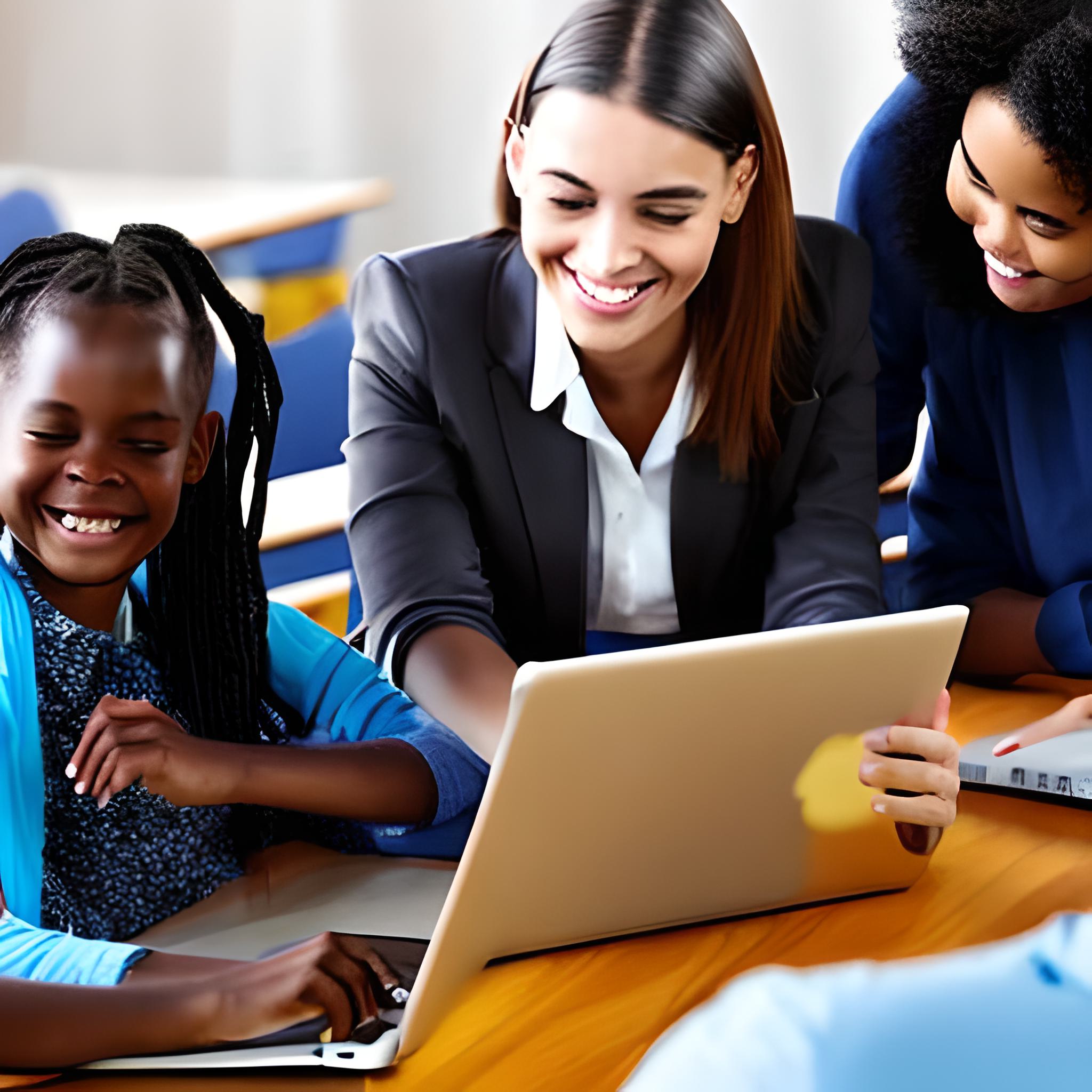ChatGPT: A Game-Changer for Teachers Everywhere

Welcome to the exciting world of ChatGPT and its potential to revolutionize education! If you're on the lookout for new and innovative ways to enhance your teaching practices and support student learning, ChatGPT has the potential to transform the way you teach and learn.
In this blog post, we'll take you through a comprehensive overview of what ChatGPT is, how it works, and its potential for enhancing education. From creating interactive lesson plans to providing personalized feedback, the benefits of using ChatGPT in the classroom are numerous and game-changing. So buckle up, grab a notebook, and let's dive into the exciting possibilities of ChatGPT for teachers.
Getting to Know ChatGPT: An Introduction for Teachers
Are you tired of spending countless hours grading papers, answering student questions, and preparing lesson plans? If so, it's time to meet ChatGPT.
ChatGPT is a cutting-edge technology that has the potential to revolutionise the education landscape as we know it. This artificial intelligence language model, created by OpenAI, can interact with humans and provide relevant information in real-time. Whether you're a primary, secondary, or university level teacher, ChatGPT has the potential to greatly enhance your teaching practices.
But what exactly is ChatGPT and how does it work? In this blog post, we'll dive into the basics of ChatGPT, exploring its capabilities and key features. We'll also discuss how ChatGPT works and its potential for enhancing education in the classroom. Trust us, you don't want to miss out on the exciting ways in which ChatGPT can transform your teaching experience. Get ready to be introduced to the future of education.

An Overview of ChatGPT: What You Need to Know
In the world of Artificial Intelligence, ChatGPT is a revolutionary technology that is transforming the way we communicate and learn. But what exactly is ChatGPT and what makes it so special? Simply put, ChatGPT is a language model developed by OpenAI that is designed to generate human-like responses to natural language input. With its advanced capabilities, ChatGPT can perform a wide range of tasks, from answering questions and generating creative writing to conducting research and providing personalized feedback.
At its core, ChatGPT is powered by deep learning algorithms that have been trained on a vast amount of text data, allowing it to read and generate human language with remarkable accuracy. This makes it a valuable tool for education, as it can help teachers create interactive lessons, provide students with instant feedback, and support learning in a variety of ways.
So, what are some of the key features of ChatGPT that make it so useful for education? For starters, its ability to respond to natural language input in real-time makes it an ideal tool for creating engaging and interactive lessons. Additionally, its ability to provide personalised feedback, conduct research, and generate creative writing all help to support students in their learning journey.
Essentially, ChatGPT is a powerful and versatile tool that is poised to have a major impact on education. With its advanced capabilities and human-like language generation, it has the potential to transform the way we teach and learn.

The Magic of ChatGPT: An Inside Look at How it Works
As a teacher, you might have heard about AI and machine learning and how they're changing the way we interact with technology. Well, meet ChatGPT, the cutting-edge artificial intelligence model developed by OpenAI that's taking the world by storm.
But what exactly is ChatGPT and how does it work? ChatGPT is a language model that's been trained on massive amounts of text data, allowing it to generate text-based responses to questions or prompts. When you ask ChatGPT a question, it uses advanced algorithms to analyse the input and generate a response that's as close to human language as possible.

So, how is ChatGPT trained? The model is trained using a process called unsupervised learning, where it's fed vast amounts of text data from various sources and then learns patterns and relationships between words, phrases, and sentences. The result is a model that can generate responses to a wide range of questions and prompts with remarkable accuracy.
While ChatGPT has many strengths, it's not perfect. The model's responses are based on the data it was trained on, which means it can sometimes produce responses that are biased or contain inaccuracies. However, its developers are constantly working to improve the model and address its limitations.
In short, ChatGPT is a sophisticated and powerful AI model that can generate human-like text responses to a wide range of questions and prompts. With its ability to learn and adapt, it has the potential to revolutionise the way we interact with technology and revolutionise education as we know it.
Empowering Educators: The Potential of ChatGPT as a Teacher's Assistant
As teachers, we are always looking for ways to make our lessons more engaging, effective and efficient. That's where ChatGPT comes in! This cutting-edge technology has the potential to revolutionise education and take it to the next level. From creating interactive lesson plans to providing personalised feedback, ChatGPT can support students in their learning journey like never before.
One of the key benefits of ChatGPT is its ability to create interactive lesson plans. This can help keep students engaged and focused, while also providing an enjoyable learning experience. With ChatGPT, teachers can design lessons that incorporate conversational elements, making learning more interactive and dynamic. For example, imagine a lesson on Shakespeare where students can have a conversation with ChatGPT about the themes and characters in "Romeo and Juliet." This makes the material more accessible and memorable for students.
Personalized feedback is another key aspect of ChatGPT's potential to enhance education. With ChatGPT, teachers can provide students with quick and accurate feedback on their writing and language skills. This can help students identify areas for improvement and give them the confidence to continue developing their skills. Additionally, ChatGPT can also help teachers grade assignments more efficiently, freeing up more time to focus on other important tasks.
To demonstrate the impact of ChatGPT in the classroom, consider the case study of a university language department. The department implemented ChatGPT to help students with their language learning and found that it increased student engagement and improved their language skills. Additionally, teachers reported that they were able to save time on grading and provide students with more personalised feedback, which helped them make significant progress.

Empowering Teachers and Enhancing Student Outcomes with ChatGPT
As teachers, we are always looking for ways to enhance the learning experience for our students, and ChatGPT offers a number of benefits that can help us achieve this. One of the main benefits of using ChatGPT in education is increased efficiency. With its ability to answer questions, provide explanations and create interactive lesson plans, ChatGPT can help streamline the learning process, freeing up more time for teachers to focus on other aspects of their job.
Another benefit of using ChatGPT in the classroom is improved student engagement. The technology's ability to personalise feedback and interact with students in real-time can help create a more dynamic and engaging learning environment. This can help students stay motivated, retain information better and develop a deeper understanding of the subjects they are learning.
Finally, ChatGPT has the potential to enhance educational outcomes, helping students achieve better results and reach their full potential. By providing personalised feedback, interactive lessons, and real-time support, ChatGPT can help students develop a deeper understanding of the subjects they are learning and achieve better results.

ChatGPT: An Essential Tool for 21st Century Teachers
In conclusion, ChatGPT has the potential to revolutionize the way we approach education. The benefits of using this technology are clear and undeniable: increased efficiency, improved student engagement, and enhanced educational outcomes are just a few of the ways that ChatGPT can help teachers enhance the learning experience for their students. Whether you are a teacher at the primary, secondary or university level, ChatGPT is definitely worth considering as a valuable tool in your educational toolkit.
We've explored the basics of what ChatGPT is, how it works, and how it can be used to enhance education, but the possibilities are truly endless. The future of education is constantly evolving, and ChatGPT is poised to play a major role in shaping that future.
If you're eager to dive into the world of ChatGPT, stay tuned for our next blog post where we will provide step-by-step instructions on how to get started. This is an exciting time for teachers and educators, and we can't wait to see what the future holds. Don't wait any longer to embrace the potential of ChatGPT and take your teaching to the next level!
Belinda Allan is an education advisor who is dedicated to empowering lifelong learners. By exploring the intersection of technology, personal development and learning futures, Belinda uses her expertise in education, IT and AI to guide individuals in creating the education package of their dreams. With a focus on how AI can drive productivity and well-being in the ever-changing landscape of education and work, Belinda will help you unlock your full potential.
Interested in the intersection of education, technology, and personal development? Sign up to the Learning Lounge and stay updated on the latest advancements

